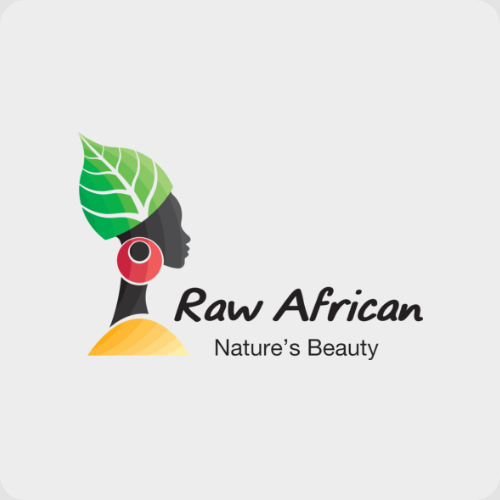English
- إرجاع مجاني بسهولة
- أفضل عروض
Air Pollution(Hb) Paperback English by Mitchell - 2021
قبل:
1753.00 جنيه
الآن:
1448.75 جنيه يشمل ضريبة القيمة المضافة
وفّرت:
304.25 جنيهخصم 17٪
عروض الجمعة الصفراء💛
 باقي 1 وحدات في المخزون
باقي 1 وحدات في المخزون
احصل عليه خلال 9 ديسمبر
إدفع 6 اقساط شهرية بقيمة ٢٥٠٫٠٠ جنيه.



1
توصيل مجاني لنقطة نون ومراكز الاستلام
معرفة المزيد
تقدر ترجّع المنتج بسهولة في العرض ده
(Original Copy - نسخه أصلية)
المواصفات
| الناشر | Ed - Tech Press |
| رقم الكتاب المعياري الدولي 13 | 9781788821278 |
| اللغة | الإنجليزية |
| وصف الكتاب | Air pollution occurs in many forms but can generally be thought of as gaseous and particulate contaminants that are present in the earth's atmosphere. Gaseous pollutant sinclude sulfur dioxide (SO2), nitrogen oxides (NO2), ozone (O3), carbon monoxide (CO), volatile organic compounds (VOC), hydrogen sulfide (H2S), hydrogen fluoride (HF), and various gaseous forms of metals. These pollutants are emitted from large stationary sources such as fossil fuel fired power plants, smelters, industrial boilers, petroleum refineries, and manufacturing facilities as well as from area and mobile sources.They are corrosive to various materials which causes damage to cultural resources, can cause injury to ecosystems and organisms, aggravate respiratory diseases, and reduce visibility. Air pollution injury to plants can be evident in several ways. Injury to foliage may be visible in a short time and appear as necrotic lesions (dead tissue), or it can develop slowly as a yellowing or chlorosis of the leaf. There may be a reduction in growth of various portions of a plant. Plants may be killed outright, but they usually do not succumb until they have suffered recurrent injury. Today's marketplace is increasingly dependent on satisfying a myriad of local environmental requirement, the demands of environmental aware customers and the global voluntary environmental initiatives. Industry has made great progress in its efforts to protectthe environment and has spent hundreds of billions of dollars to decrease the release of toxic substances into the environment, while also developing technologies to reduce or eliminate hazardous waste generation. Many industries taking initiatives, coupled with advances in technology, are changing the way of responding to their environmental obligations. The book provided information on rational basis for air quality management and green belt development in urban areas. |
| تاريخ النشر | 2021 |
| عدد الصفحات | 234 |
Air Pollution(Hb) Paperback English by Mitchell - 2021
في عربة التسوق 
مجموع العربة 1448.75 جنيه













































































































































